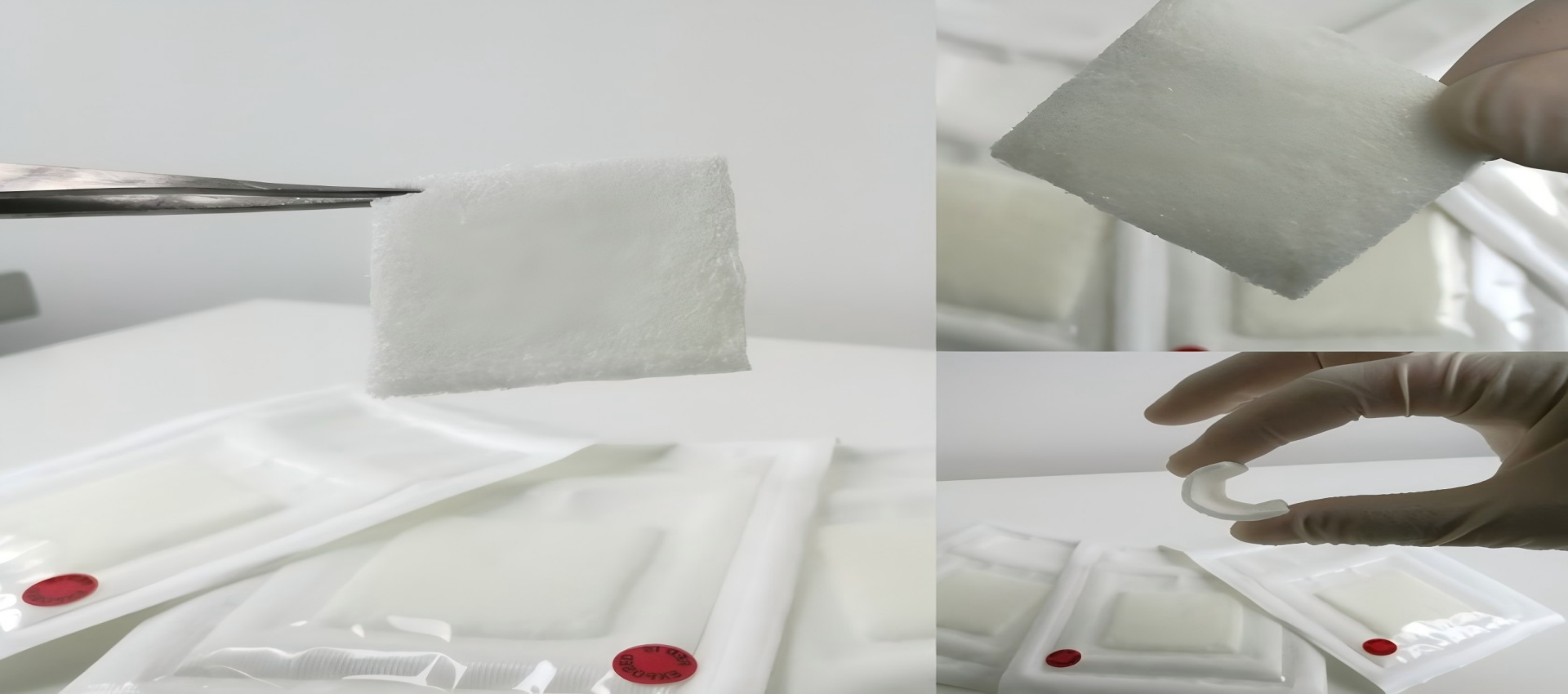
Methyl Hydrogen Silicone Fluid Factory

Methyl Hydrogen Silicone Fluid
Everything you need to know about our products and company
Methyl Hydrogen Silicone Fluid vs. Fluorosilicone Fluids: A Technical and Application-Based Comparison
In the world of specialized silicone fluids, Methyl Hydrogen Silicone Fluid and fluorosilicone fluids represent two powerful classes of materials with distinct properties and applications. For engineers, product developers, and formulators, selecting the right fluid is critical for performance, cost-efficiency, and longevity. This analysis delves into their differences to guide your decision-making process.
The core difference lies in their molecular architecture. Methyl Hydrogen Silicone Fluid (Polymethylhydrosiloxane, CAS 63148-57-2) is characterized by its reactive silicon-hydrogen (Si-H) bonds within a methyl-substituted siloxane backbone. This structure makes it not just a functional fluid but a highly active chemical intermediate. Its key attributes include high reactivity for cross-linking, colorless and transparent appearance, and a typical hydrogen content of ≥1.55% .
Fluorosilicone fluids, particularly methyl fluorosilicone oil, are built on a siloxane backbone where methyl groups are partially replaced by trifluoropropyl groups. This incorporation of fluorine is the source of their exceptional resistance to fuels, oils, solvents, and extreme temperatures .
The following table summarizes their core characteristics:
| Feature | Methyl Hydrogen Silicone Fluid | Fluorosilicone Fluids |
|---|---|---|
| Key Functional Group | Reactive Si-H bonds | Trifluoropropyl (CF₃CH₂CH₂-) groups |
| Primary Characteristic | High reactivity, cross-linking capability | Superior chemical & solvent resistance |
| Typical Viscosity Range | 15-40 mm²/s (at 25°C) | Varies widely (e.g., 20 to 5000 mPa·s) |
| Temperature Range | Standard silicone range | -60°C to 200°C+ |
Choosing between these fluids often boils down to solving specific operational challenges.
Your industry and specific application will heavily influence the choice.
Where Methyl Hydrogen Silicone Fluid Excels:
Where Fluorosilicone Fluids Are Essential:
For B2B purchasers, quality consistency and adherence to standards are non-negotiable. Reputable manufacturers like Biyuan operate factories that comply with standards like HG/T 4804-2015 for Methyl Hydrogen Silicone Fluid . The aviation industry, for instance, adheres to strict specifications such as HB 20077-2011 for fluorosilicone sealants .
Biyuan’s manufacturing edge comes from integrating production. As a dedicated Methyl Hydrogen Silicone Fluid factory, Biyuan controls the entire process from raw material to finished product, ensuring batch-to-batch consistency, high hydrogen content (≥1.55%), and low volatile content (≤3%) . This vertical integration allows for customizing viscosity and reactivity to meet specific application needs, whether for a low-viscosity penetrant or a high-activity cross-linker.
The market for these fluids is growing, driven by demand in green construction, new energy vehicles, and high-performance electronics. Methyl Hydrogen Silicone Fluid remains a cost-effective solution for water-based protection across industries. In contrast, fluorosilicone fluids, often at a higher price point, are seeing innovation in customizable fluorine content, opening doors in cutting-edge fields like 5G heat dissipation and deep-sea equipment .
Conclusion: A Question of Performance Requirements
The choice between Methyl Hydrogen Silicone Fluid and fluorosilicone fluids is not about which is better, but which is right for the challenge.
For businesses seeking reliable supply, partnering with a technically proficient producer like Biyuan ensures access to high-quality Methyl Hydrogen Silicone Fluid, backed by the technical support to optimize its application for your specific success.
Our most popular products loved by customers worldwide
Methyl hydrogen siloxane serves as a multifunctional additive that significantly improves processing characteristics and final properties in silicone rubber applications. This specialized silicone fluid features reactive Si-H groups that enable efficient cross-linking through hydrosilylation reactions with vinyl-functionalized silicone rubbers. .
Medical-grade Methyl hydrogen siloxane serves as a versatile functional material in healthcare applications, combining high purity with reactive Si-H groups for enhanced performance. This specialized silicone fluid enables precise cross-linking in implantable devices, provides controlled drug release matrices, and creates anti-fouling surface coa.
Methyl hydrogen siloxane serves as a versatile functional additive in personal care products, leveraging its unique Si-H reactivity and silicone properties to deliver enhanced performance across various applications. This specialized material acts as an effective cross-linker in hair care products, creating durable yet flexible films that provide.
Methyl hydrogen siloxane serves as a innovative processing aid that enhances both the efficiency of leather manufacturing and the quality of finished products. This reactive silicone fluid improves leather softness and flexibility through effective fiber lubrication and molecular-level modification. Its unique chemical properties enable superior .